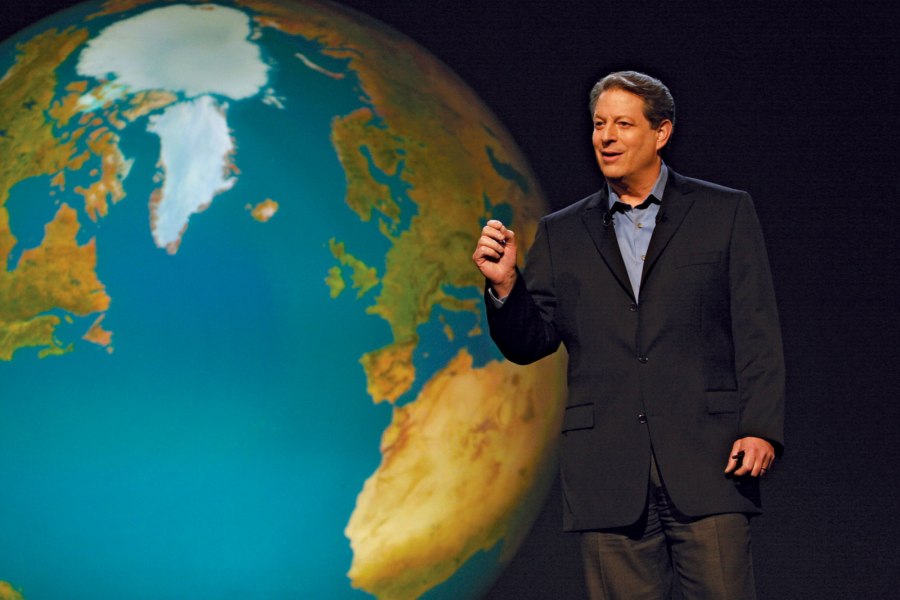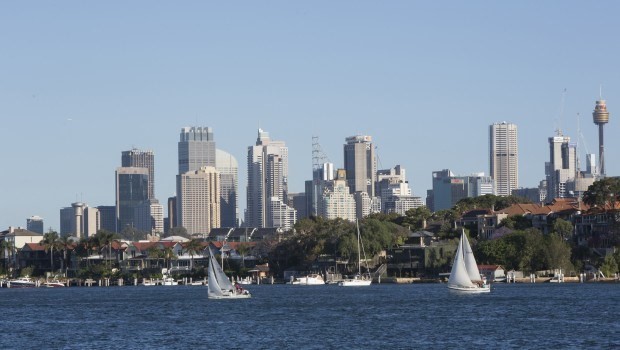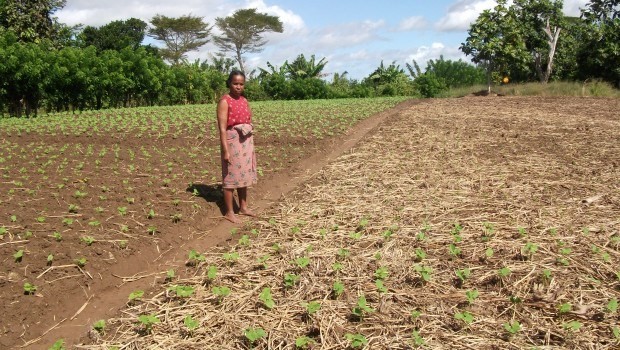By Wendy Foden
When giving lectures on climate change impacts, I often begin by asking the audience if they have watched the movie, The Day after Tomorrow, a fictional action movie in which New York freezes overnight due to climate change. Usually at least half the audience has watched it, compared to just a few who have seen An Inconvenient Truth, Al Gore’s factual account of climate change. When later in the lecture I cover some of the risks of polar ice melt, I find people more interested in engaging with the science and curious about the possible impacts of the changes.
In my previous blog post I wrote about Kunzes, a school teacher from the arid, mountainous region of Ladakh in Northern India. Climatic changes in the region have meant that she and her village are now unable to grow three of their seven traditional crops. When I asked if the village had thought about introducing new crops, I was met with an uncomfortable silence from Kunzes. Contemplating the challenge that her village faces in changing centuries-old farming practices, I realised that each of us faces similar mental leaps in preparing for an unknown and unprecedented future.
Risk is generally measured as the perceived severity of a threat, multiplied by the perceived likelihood that it will occur. In trying to understand why risk perception is so subjective and differs markedly from person to person, psychologists have long theorised about how we process the information leading to these perceptions. Not surprisingly, our individual cognitive, socio-cultural, emotional, individual and subconscious tendencies are all at play. Most interesting, I find, is that when processing risk-related information, our brains take various shortcuts (called heuristics) to help us speed up our judgments. These include using the nature, severity and frequency of past events to judge the risks of such events in the future. If events haven’t occurred previously, our brains seek parallels with similar events, but where no similar events are known, risk perception is based on how easily we can imagine them.






